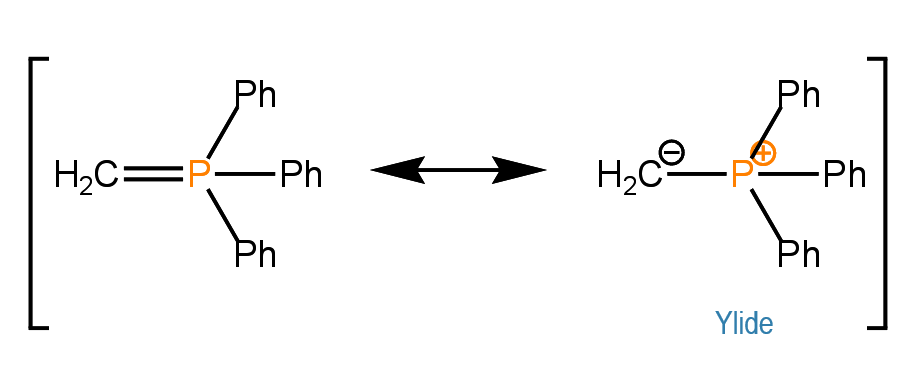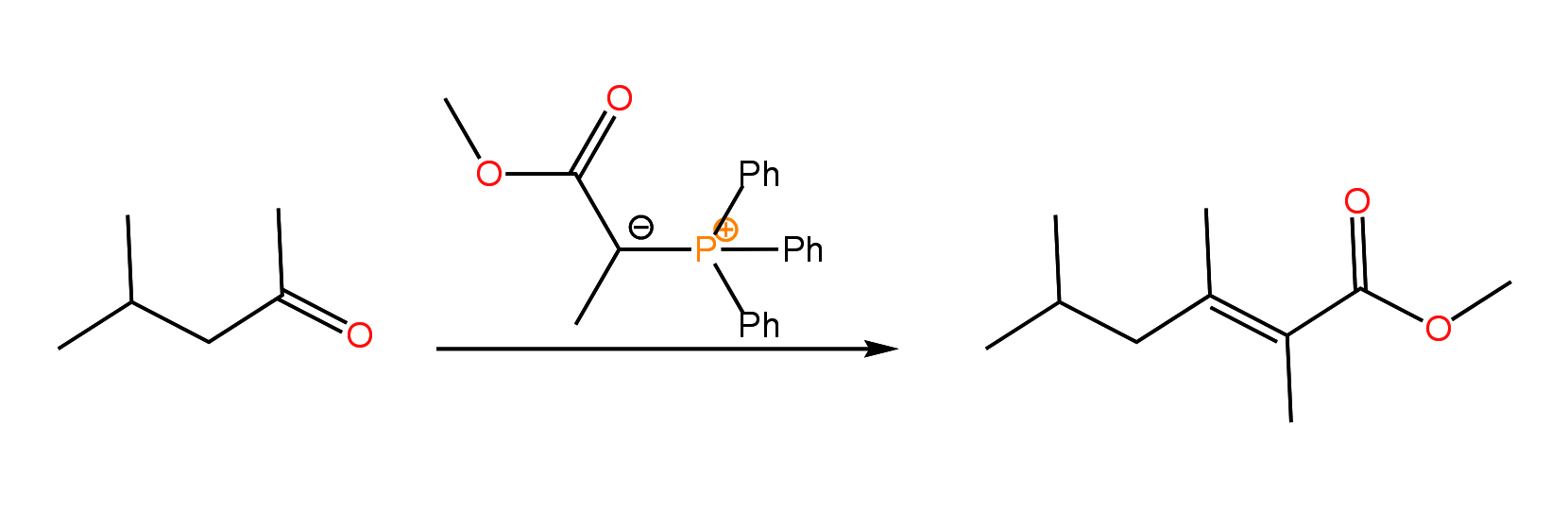Guilford Techno Consultants, Inc
Horner-Wadsworth-Emmons Reaction
Thursday, November 16, 2023 by Guilford Techno Consultants, Inc. | Name Reactions
A few of my students are learning about aldehydes and ketones in Organic Chemistry II. Carbonyl chemistry makes up a large portion of the second semester and can often be overwhelming because of the many reactions and mechanisms that must be learned. One of the reactions that I have always found interesting is the Wittig reaction, discovered by Georg Wittig, which involves the conversion of an aldehyde or ketone into an alkene through reaction of the carbonyl group with a resonance stabilized carbanion known as an ylide (Wittig reagent):

When the ylide contains a simple alkyl group, the reaction produces predominately the Z isomer of the alkene:

The ylide may, however, contain an electron withdrawing group, which stabilizes the reagent through an additional resonance structure:
Ylides containing electron withdrawing groups are referred to as stabilized Wittig reagents. These stabilized Wittig reagents afford mainly the E isomer of the alkene:

A variation of the Wittig reaction which is touched upon in the second semester is the Horner-Wadsworth-Emmons reaction in which a phosphonate ester carbanion (HWE reagent) is used in place of a stabilized Wittig reagent. Like the stabilized Wittig reagent, the HWE reagent produces the E isomer of the alkene as the major product:

Both the Wittig and HWE reactions proceed through the fragmentation of an oxaphosphetane. I have included a mechanism for the HWE reaction in the following presentation, which also includes practice problems.
Click Here for the Horner-Wadsworth-Emmons Reaction

